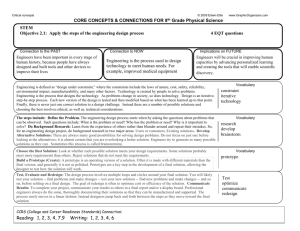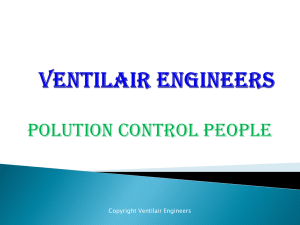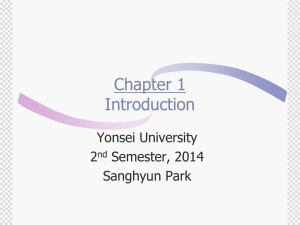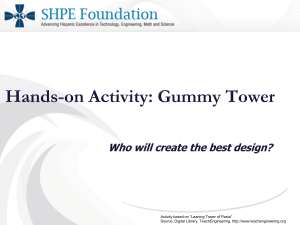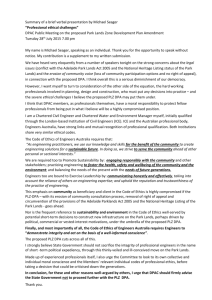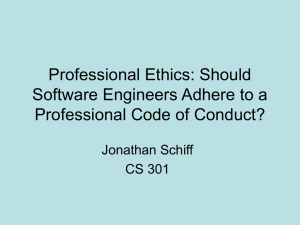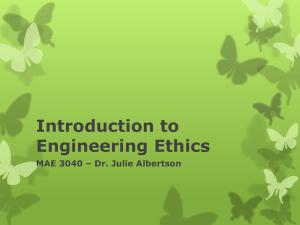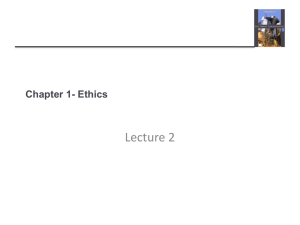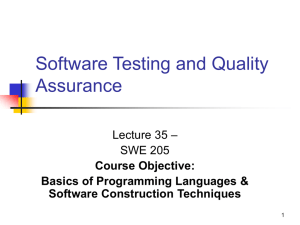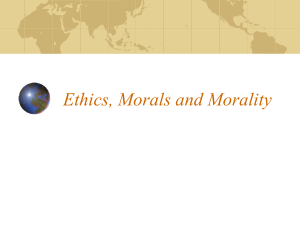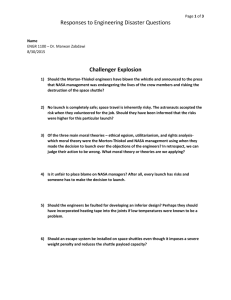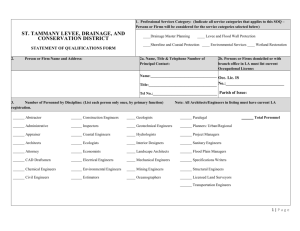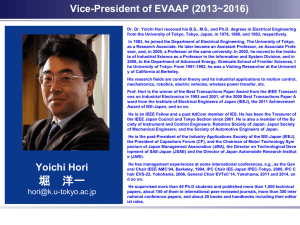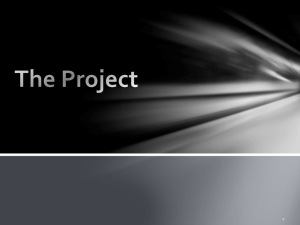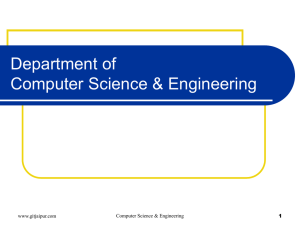Lecture 1 - Faculty of Engineering
advertisement
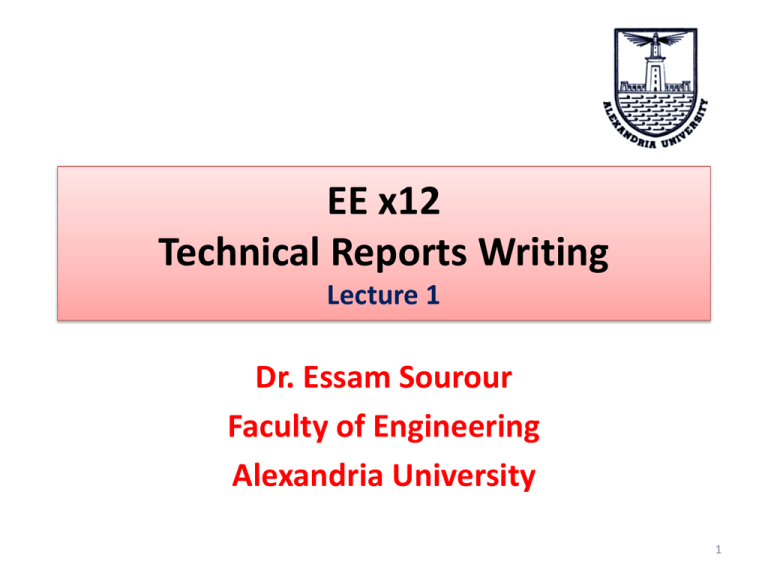
EE x12 Technical Reports Writing Lecture 1 Dr. Essam Sourour Faculty of Engineering Alexandria University 1 Course Information • • • • • Teacher: Dr. Essam Sourour Teacher email: sourour@ieee.org Course website: http://eng.alexu.edu.eg/~sourour/ Homework submission email: techwritework@gmail.com Textbook: D. Beer and D. McMurrey, A Guide to Writing as an Engineer. New York: Wiley & Sons, 4’th Edition, 2014. • Course Objectives: – – – – Define common ethical issues in technical research and documentation Build skills in formatting, grammar, and other editing conventions Practice researching, planning, and writing common types of technical documents Practice writing common engineering documents • Course grading: – Year Work: 15 points – Final Exam: 35 points • The course requires much reading and writing of technical material 2 Chapter 1 Engineers and Writing 3 Engineers and Writing • • • • • • • • Technical Writing: accurate, clear, to the point Professional engineers write a lot (20% to 40% of work). Many engineers dislike writing. Professional engineers write a variety of documents. Successful engineers require strong writing skills. Strong writing skills can be learned—like any task. Documents are written to communicate ideas to the public and to other engineers. Well (badly) written document gives positive (negative) impression about the engineer who wrote it. 4 Engineers Write a lot • Thousands of technical documents written everyday all over the world • The majority of them are written by engineers • Technical writing course is offered in all Departments • No one is a good writer, but every one can be a good rewriter – Initial draft – Review and improve • Many types of documents 5 Many Types of Documents • • • • • • • • • • Technical emails Studies Guides (user guide, installation guide) Manuals, data sheets Reports (initial, progress, final) Applications Proposals (grants, work) Publications Thesis Etc. 6 Many Types of Documents 7 Noise in Technical Writing • Noise in communications causes errors, ambiguity or uncertainty to the message • Same applies to technical writing • Sources of noise: – – – – Organization Grammar errors Word meaning Formatting 8 Before Writing the Document • Assessing the audience – – – – Background material to include Abbreviations to use Level of depth in topic Can document sections be read separately (for different audience interests) – Purpose of document: inform or persuade? • Selecting Format – – – – Title, headings, subheading, figures, tables, references format What is bold, capital/small, italic, fonts for each part of document Different in different organizations (gives identity) IEEE papers format is well known 9 Chapter 11 Ethics and Documentation in Engineering Writing 10 Ethics in Technical Writing • Copyright infringement – Using and copying copyrighted material is not ethical and illegal • Tampering with results – When some test or simulation results are not the expected/desired it is not ethical to fit them – Worse, is to write up documents with false data • Withholding adverse information – Hiding some important information for non-ethical reasons • Omitting safety warnings – Safety of customer or equipment user is very important – Safety information must be clear in appropriate documents • Writing unclear instructions – Manuals, user guides, procedures and similar documents must be very clear, detailed and precise 11 Ethics of Honest Research • Common kind of theft among students is Plagiarism – Using someone else's work without giving proper credit – Borrowing language, ideas, graphics of others and representing them as you • When doing research, all information obtained from other sources must be documented: – – – – Journals Books Internet Interviews • Information includes: diagrams, ideas, facts, theories, tables, graphics, etc. • The only exception is “common knowledge” – Known facts in the field – Written in most textbooks 12 Citing Information • • • • Protect the originator to get credit for his/her work Protect yourself from accusations of plagiarism Demonstrate to reader you have done the homework Enable reader to track down the information • IEEE reference system is commonly used – In the body of text refer to sources like this: [1], or [1, pp.3-6] or [6, p.46] or [6, p.46, 7, pp. 29-31] – In reference page list the references (see textbook, Fig. 11-5) – A reference format is available for each type of reference 13 Homework 1 • • • • Write a one page tutorial on any new subject in EE fields Follow the IEEE two-columns format Convert it to PDF file Should include: – – – – – – – Title Author name and student number Abstract At least one figure or graph At least one table At least 5 references Body font size 10 • Submission by email (techwritework@gmail.com). Deadline is next week Wednesday October 29, 2014, midnight. • Read chapters 2 and 3 before next lecture 14





